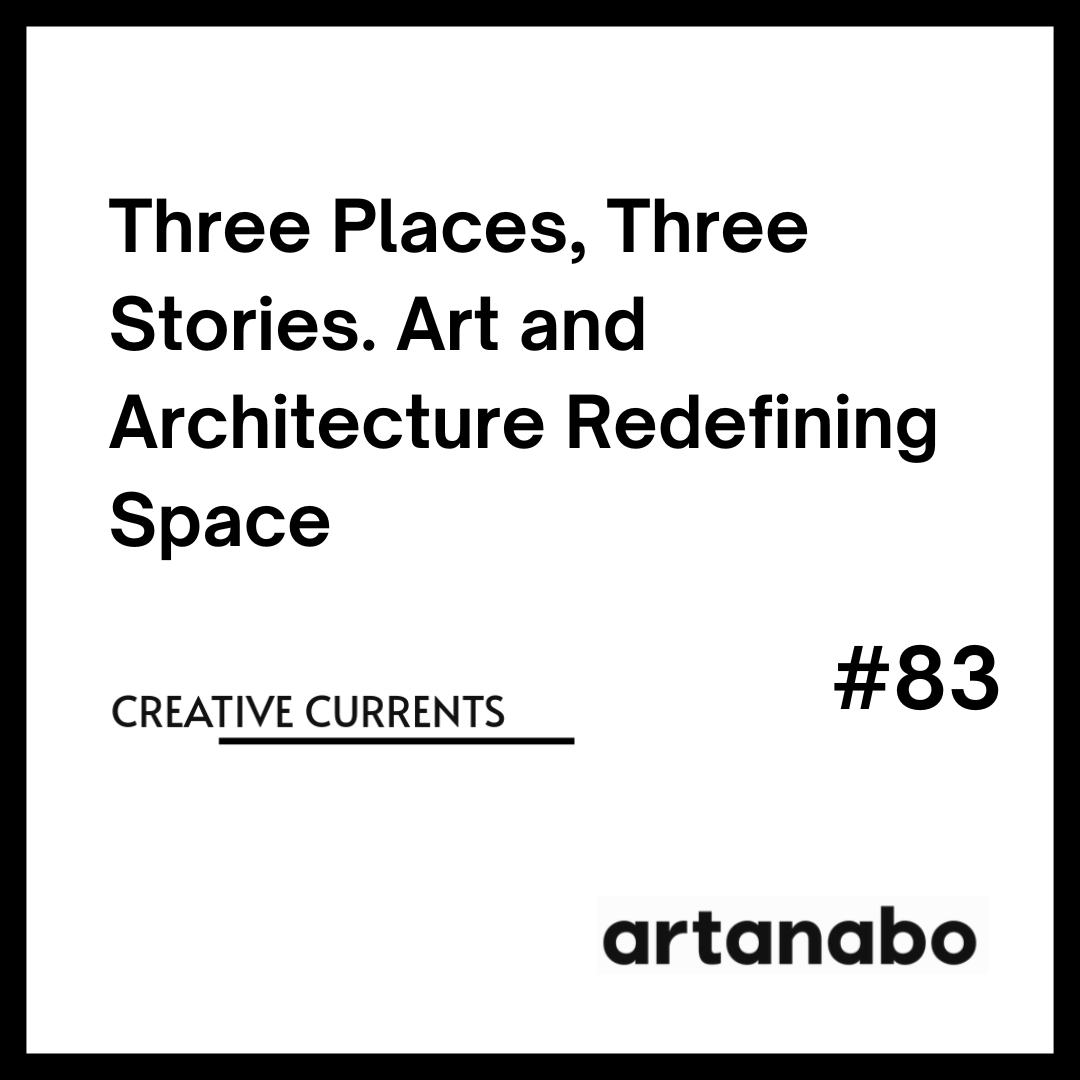Contemporary art and architecture are not only about aesthetics – they create a dialogue with history, community, and the future. Three projects – the renovation of MOCAD in Detroit, Asami Shoji’s exhibition in Tbilisi, and the transformation of Pavilion 13 in Kyiv – highlight how cultural spaces can become catalysts for change.
Detroit: MOCAD Reimagined
The Museum of Contemporary Art Detroit (MOCAD) is temporarily closing for renovations. Beyond upgrading infrastructure and refreshing its façade, the museum is preparing to celebrate its 20th anniversary with the program Radical Imagination, Intersectional Futures. This renewal is more than a facelift – it’s an investment in the community and the museum’s future.
Tbilisi: Nutrition for Ghosts
At LC Queisser, Japanese artist Asami Shoji presents Nutrition for Ghosts. Her oil paintings resemble visual diaries of memory – balancing presence and absence. They tell stories of care, the body, and unseen spirits that coexist with us in subtle layers of reality.
Kyiv: Pavilion 13 Reborn
Pavilion 13, a brutalist landmark of Kyiv’s modernist heritage, has been transformed by architecture studio ФОРМА. Once dedicated to the coal industry, it is now a cultural hub for exhibitions, screenings, and debates. Its inaugural show, Sam Lewitt’s Шубін, connected history, mining, and Ukrainian identity. Today, the pavilion is a symbol of resilience and cultural dialogue in wartime.
A Common Thread
Despite their differences, these stories share a theme: art and architecture as instruments of transformation. Detroit, Tbilisi, and Kyiv demonstrate that creativity does not merely document time – it actively shapes it.


